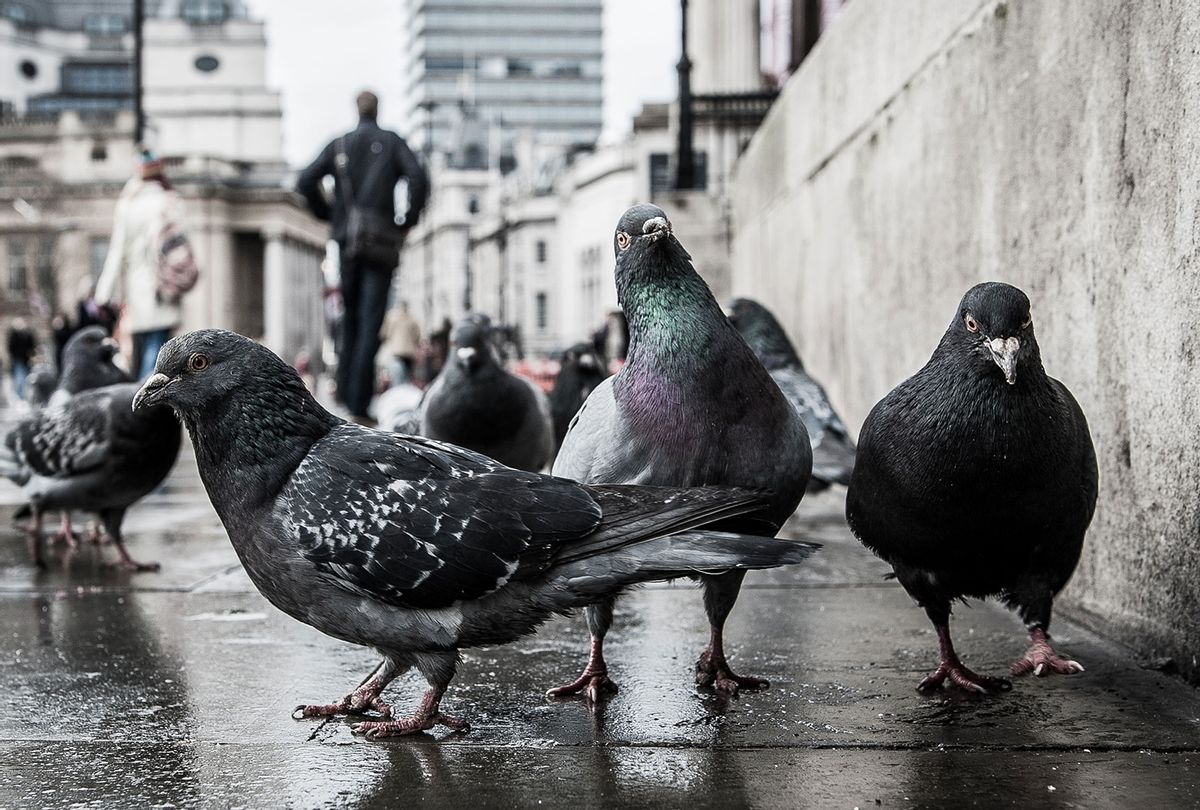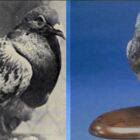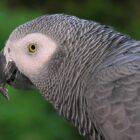Do pigeons like to gamble?
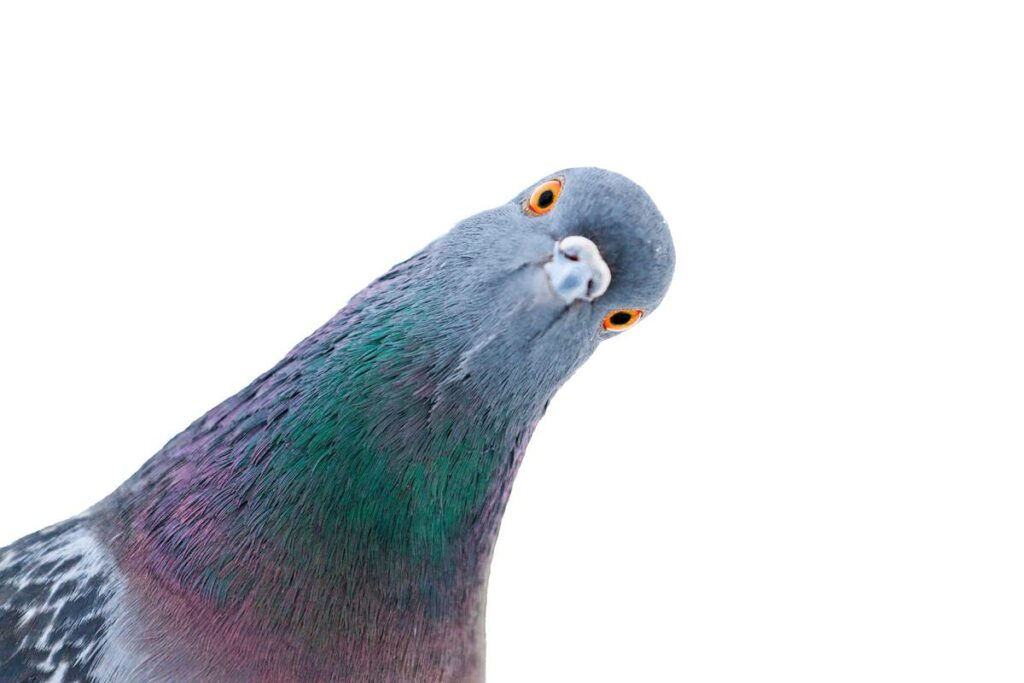
What if I told you that pigeons might have a penchant for gambling? Yes, you read that right. Pigeons, those unassuming birds, have been the subjects of intriguing scientific experiments that suggest they might indeed enjoy a good gamble. Let’s delve into this curious case of pigeon gambling.
The Skinner Box Experiments
The first insights into pigeon gambling emerged from the work of B.F. Skinner, a renowned psychologist known for his pioneering work in behaviorism. In the 1940s, Skinner conducted a series of experiments using what is now known as the “Skinner box”, a controlled environment where animals learn to associate a specific behavior with a reward.
In these experiments, pigeons were trained to peck at a lighted key in the Skinner box. When they pecked at the key, they would receive a food reward. Skinner then introduced a variable reinforcement schedule, where the reward was delivered randomly, regardless of the pigeons’ pecking behavior.
The Gambler’s Fallacy
One of the most fascinating aspects of the Skinner box experiments was the behavior of the pigeons when the reward was delivered randomly. Despite the randomness of the reward, the pigeons developed peculiar behaviors. Some would engage in superstitious behaviors, such as turning in circles or bobbing their heads, as if they believed their actions influenced the reward.
This phenomenon is reminiscent of the “gambler’s fallacy“, a cognitive bias where individuals believe that past events influence future outcomes in random processes. In the context of the Skinner box experiments, pigeons appeared to exhibit behaviors similar to those of humans who believe that a streak of losses increases the likelihood of a win.
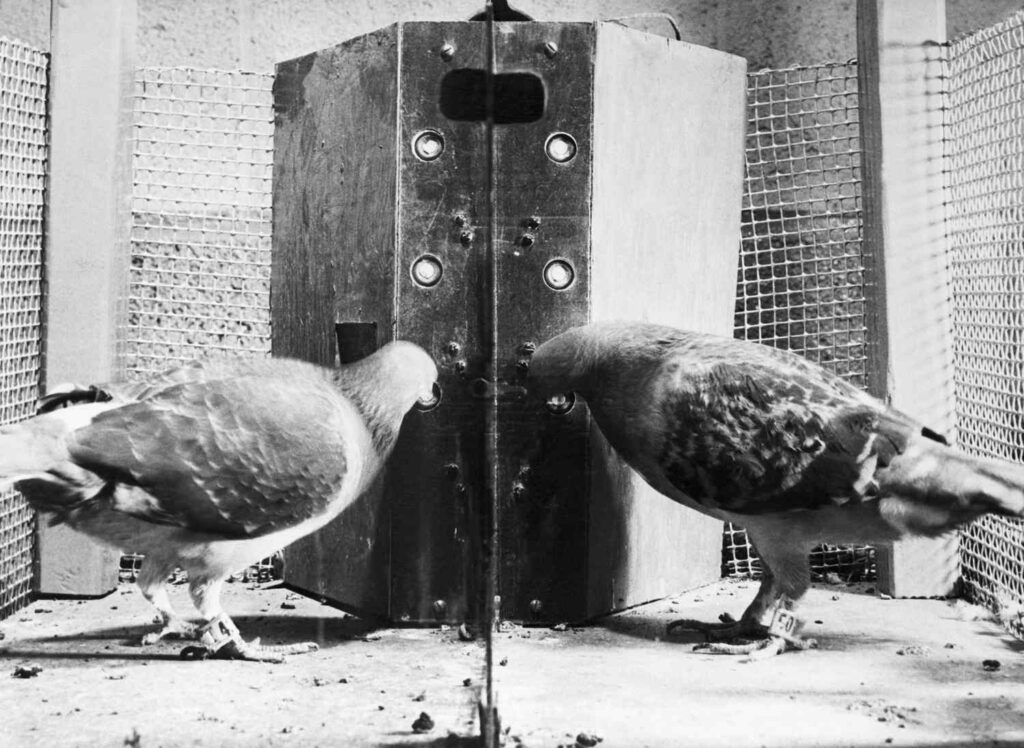
The Thrill of Uncertainty
Skinner’s experiments suggest that pigeons, like humans, might be drawn to the thrill of uncertainty. The unpredictable nature of the reward in the Skinner box seemed to captivate the pigeons, leading them to engage in behaviors that they believed would increase their chances of receiving the reward.
Another research conducted in 2010 by Thomas R. Zentall and Jessica Stagner reinforce the notion that gambling might be a frequent occurence in pigeons.
In the first experiment, pigeons were given a choice between two options: one option gave them three food pellets every time they chose it, while the other option gave them two food pellets most of the time, but sometimes it gave them ten pellets. Even though the first option was a sure bet, pigeons often went for the second option, even though it was less likely to give them more pellets overall.
In the second experiment, the pigeons were given the same options, but this time the second option also had a chance of giving them ten pellets, just like the first option. In this case, the pigeons consistently chose the first option, which gave them three pellets every time, over the second option, which sometimes gave them more pellets.
This shows that pigeons, like humans, are influenced by the possibility of getting a big reward, even if it means they get fewer rewards overall. However, when the chances of getting the big reward are the same for both options, pigeons prefer the option that gives them a sure reward every time. This suggests that pigeons are not just looking for more food, but are also influenced by the predictability of the reward.
The Evolutionary Perspective
From an evolutionary perspective, the tendency to gamble might have provided an adaptive advantage to pigeons in the wild. In nature, food sources can be unpredictable, and pigeons that are more willing to take risks might have been more successful in finding food. This hypothesis, known as the “foraging advantage hypothesis,” suggests that the propensity to gamble might be an evolved trait in pigeons.
In the wild, pigeons are omnivorous and opportunistic feeders. They consume a wide variety of foods, including seeds, grains, fruits, and insects. Their foraging strategies are influenced by the availability of food resources, which can vary depending on factors such as season, habitat, and competition with other species.
Uncertainty is a common feature of foraging environments. Food availability can fluctuate unpredictably due to factors such as weather, predation, and competition. Pigeons that are more willing to take risks and explore new foraging locations might have a better chance of finding food in these uncertain environments.
Taking risks in foraging can have both costs and benefits. On one hand, exploring new foraging locations or trying new food sources can expose pigeons to potential dangers, such as predators or toxic substances. On the other hand, taking risks can also lead to the discovery of valuable food resources that are not exploited by other individuals.

